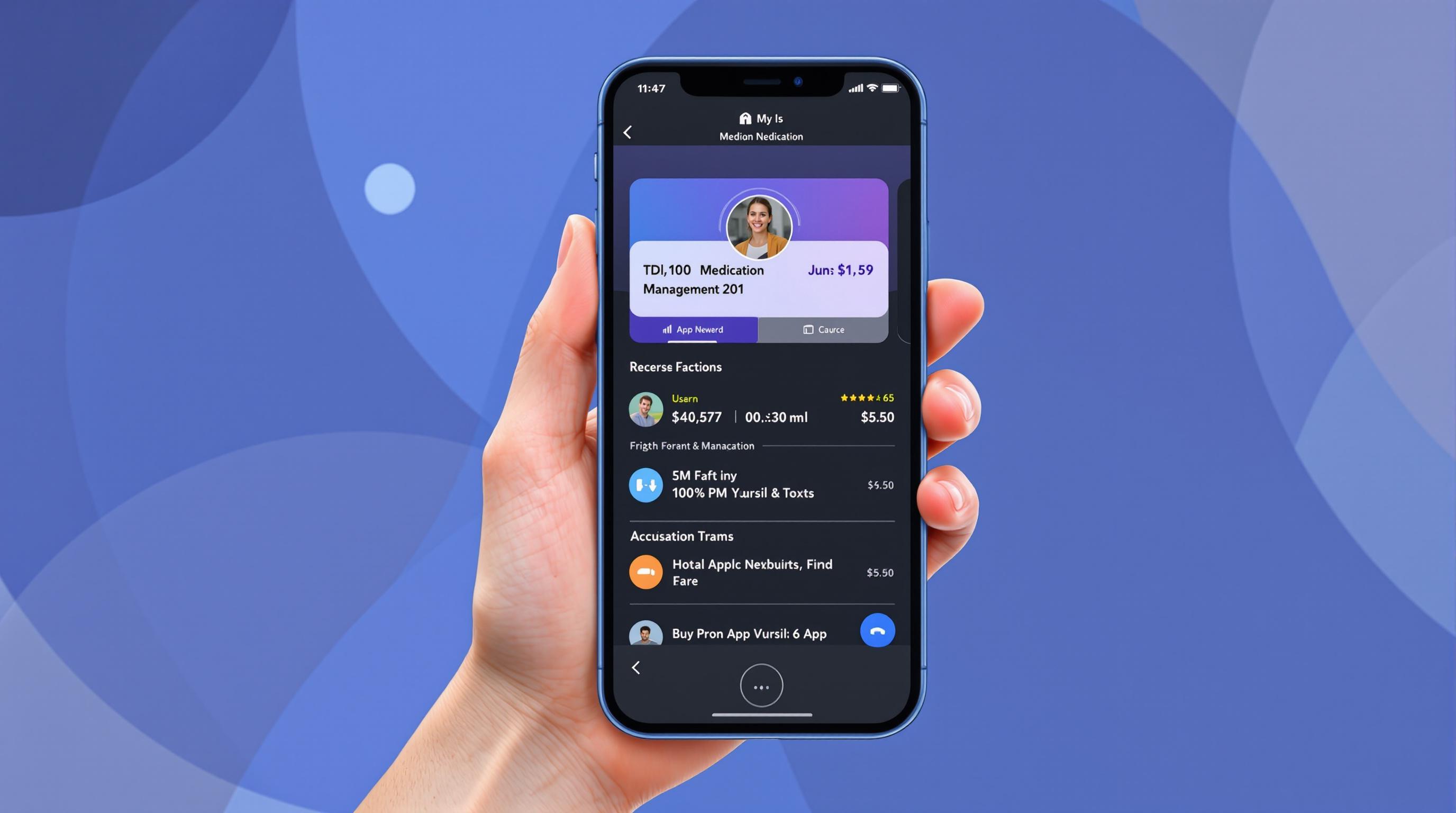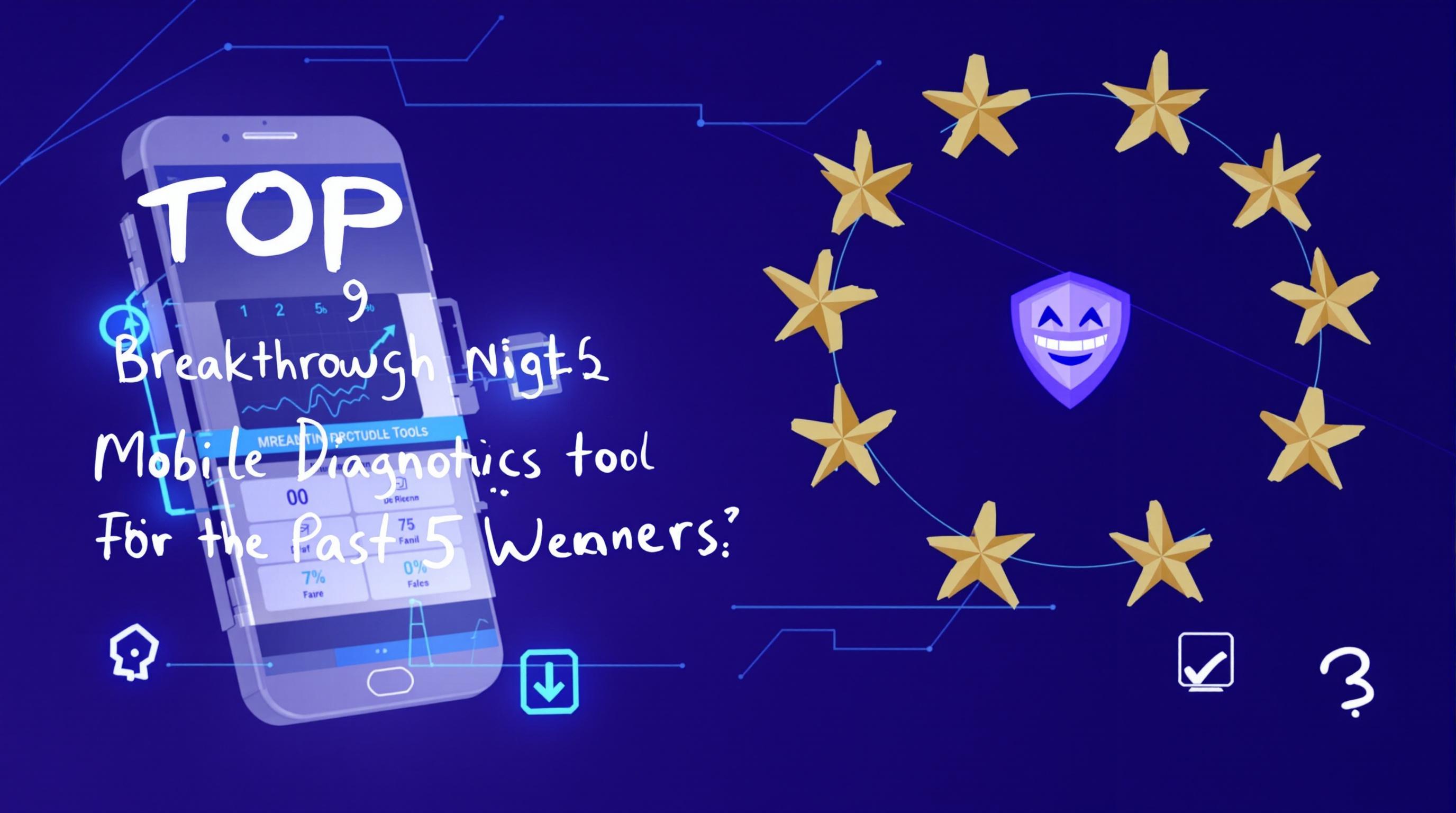Related Articles
- 7 Game-Changing Medical Compliance Apps From the Last 5 Years Redefining User Experience and Data Security
- Unveiling the Impact of Human Factors on Medical Software Adherence in Complex Clinical Settings
- Exploring Ethical Dilemmas in Medical Imaging Software: Patient Privacy and Data Ownership in the Digital Age
- Unveiling the Quiet Revolution: How Medical Imaging Software is Shaping Rare Disease Research and Diagnosis
- 5 Cutting-Edge Medication Management Apps Released Since 2019 Ranked for Accuracy and User Trust
- Unlocking the Forgotten: How Mobile Apps Are Shaping Rare Disease Diagnosis and Patient Advocacy Networks
Top 8 Innovative Digital Health Solutions from the Last 5 Years: Comprehensive Reviews and Rankings
Top 8 Innovative Digital Health Solutions from the Last 5 Years: Comprehensive Reviews and Rankings
Top 8 Innovative Digital Health Solutions from the Last 5 Years: Comprehensive Reviews and Rankings
1. Telehealth Platforms
Telehealth has revolutionized healthcare delivery by enabling remote consultations through video, phone, or text. Over the past five years, platforms like Teladoc Health and Amwell have expanded access to care, particularly for patients in rural or underserved areas. By reducing the need for in-person visits, telehealth has helped lower costs and increased convenience for both providers and patients.
These platforms incorporate features such as symptom checkers, appointment scheduling, and electronic prescriptions, enhancing patient engagement and clinical decision-making. The COVID-19 pandemic accelerated adoption dramatically, with some studies indicating usage increased by over 1000% in early 2020 alone (Koonin et al., 2020).
Despite challenges like regulatory hurdles and digital literacy gaps, telehealth remains a cornerstone innovation in digital health. Continuous improvements in interoperability and AI-driven triage promise even greater efficiency and personalized care in coming years.
2. AI-Powered Diagnostic Tools
Artificial intelligence has been integrated into diagnostic processes to improve accuracy and speed. Tools like Google's DeepMind for eye disease detection and IBM Watson for oncology have demonstrated capabilities in interpreting imaging and pathology data with high precision.
These AI systems assist clinicians by identifying patterns invisible to the human eye and providing risk stratification, enabling earlier interventions. For example, AI algorithms analyzing radiology scans have achieved diagnostic accuracies comparable to expert radiologists in conditions such as breast cancer and pneumonia (McKinney et al., 2020).
The ethical deployment of AI diagnostics includes considerations of bias, transparency, and accountability. As these tools evolve, regulatory frameworks continue to adapt to ensure safety and improve integration into clinical workflows.
3. Wearable Health Monitors
Wearable devices such as Fitbit, Apple Watch, and continuous glucose monitors have transformed how individuals track health metrics in real time. These gadgets provide insights into physical activity, heart rate variability, sleep quality, and metabolic parameters, fostering proactive health management.
Technological advancements include better sensors, longer battery life, and integration with smartphone apps, enabling users and clinicians to monitor chronic conditions more effectively. Continuous data collection facilitates personalized feedback and early detection of anomalies, such as atrial fibrillation alerts from smartwatch ECG capabilities.
Regulatory entities like the FDA have approved several wearables as medical devices, validating their clinical utility. Challenges remain in data privacy, device accuracy, and user adherence, which industry efforts are actively addressing.
4. Digital Therapeutics
Digital therapeutics (DTx) are evidence-based interventions delivered via software to prevent, manage, or treat medical disorders. Products like Pear Therapeutics' reSET for substance use disorder and Omada Health for diabetes prevention exemplify this emerging category.
DTx complement or substitute traditional treatments by providing behavioral therapy, medication adherence support, and cognitive rehabilitation through interactive programs. Clinical trials have demonstrated significant efficacy in improving patient outcomes in mental health, chronic disease, and neurological conditions.
As reimbursement models evolve, DTx have gained acceptance in mainstream healthcare. Their scalability and cost-effectiveness also suggest a growing role in addressing healthcare access disparities.
5. Blockchain for Health Data Security
Blockchain technology has been explored as a solution to secure health data exchange and enhance patient privacy. By creating decentralized, tamper-proof ledgers, blockchain enables transparent and trustworthy management of electronic health records (EHRs) and consent.
Initiatives such as MedRec and Patientory illustrate how blockchain can empower patients with ownership over their data and streamline interoperability among healthcare providers. Additionally, blockchain facilitates secure sharing for clinical trials and genomics research.
While promising, blockchain adoption faces scalability and regulatory challenges. Ongoing pilot studies aim to demonstrate feasibility and align standards for broader implementation.
6. Remote Patient Monitoring (RPM) Systems
RPM solutions use connected devices to collect patient health data outside traditional clinical settings, enabling continuous supervision of chronic conditions like hypertension and heart failure. These systems provide timely alerts, promoting early intervention and reducing hospital readmissions.
Companies such as BioTelemetry and iRhythm offer ECG patches and sensor arrays that transmit vital signs directly to healthcare providers. Integration with clinical decision support systems enhances care coordination and personalized treatment adjustments.
The pandemic accelerated RPM adoption, supported by reimbursement policy updates. Evidence supports RPM's role in improving clinical outcomes and optimizing resource utilization in healthcare systems.
7. Virtual Reality (VR) in Healthcare
VR technology has found innovative applications in pain management, rehabilitation, mental health therapy, and medical education. For example, VR-based exposure therapy effectively treats PTSD and phobias by simulating controlled environments for gradual desensitization.
In physical rehabilitation, immersive VR exercises encourage patient engagement and motor learning, enhancing recovery after strokes or injuries. Medical students and surgeons use VR simulations for risk-free procedural practice, improving skill acquisition.
While still emerging, clinical trials continue to support VR's efficacy and cost-effectiveness in diverse therapeutic areas. Advances in hardware accessibility and software development drive ongoing adoption.
8. Mobile Health Apps for Behavioral Health
Mobile apps focusing on mental wellness, stress reduction, and cognitive behavioral therapy (CBT) have increased substantially in the last five years. Apps like Headspace, Calm, and Woebot provide self-guided mindfulness and therapeutic interactions accessible anytime.
These platforms utilize AI chatbots, mood tracking, and psychoeducation to support mental health management, complementing traditional therapy or serving as preventive tools. Clinical evidence varies, but some randomized controlled trials have noted reduced anxiety and depression symptoms with app use.
Data privacy, efficacy validation, and accessibility remain priorities as regulatory bodies develop frameworks to oversee digital mental health tools. Integration with healthcare systems offers potential for more coordinated care.
References
Koonin, L. M., et al. (2020). Trends in the use of telehealth during the emergence of the COVID-19 pandemic — United States, January–March 2020. Morbidity and Mortality Weekly Report (MMWR), 69(43), 1595–1599. DOI: 10.15585/mmwr.mm6943a3
McKinney, S. M., et al. (2020). International evaluation of an AI system for breast cancer screening. Nature, 577(7788), 89–94. DOI: 10.1038/s41586-019-1799-6




